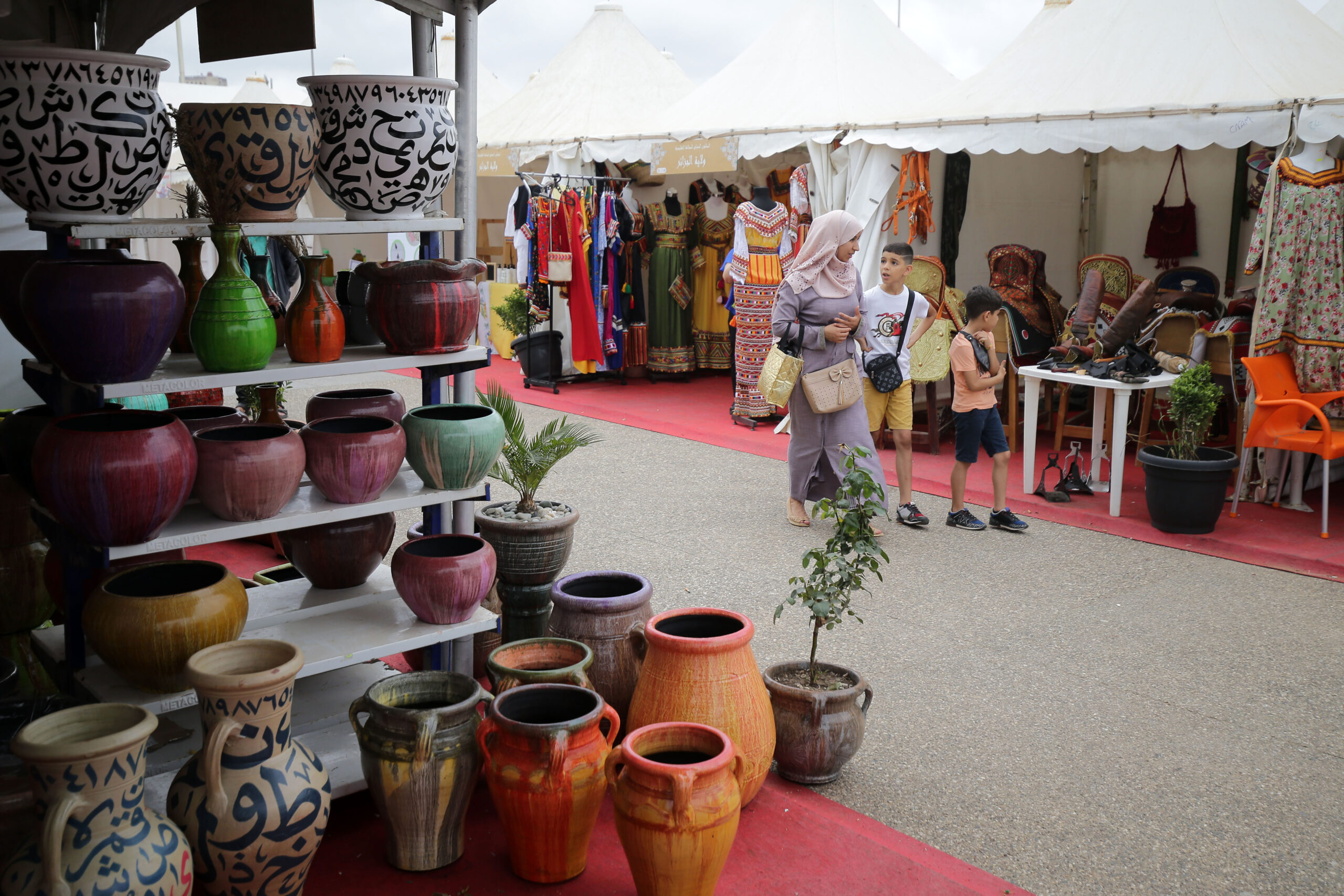While strolling the labyrinth of Algiers’s ancient alleyways in 2014, I encountered a rare copper artisan in the casbah. As I took photos of his tiny shop, he glanced at me suspiciously. Once he learned I was Moroccan, he warmly welcomed me with mint tea, nostalgically recalling Si Mohamed, the master artisan from Fez who taught him the craft in the 1960s.
Had I met this artisan today, amid the extremely polarizing cultural heritage competition between Morocco and Algeria, he would surely be more reserved about his apprenticeship and ties to the neighboring country. As political tensions between Algiers and Rabat have continued to mount since 2020 , threatening to destabilize the entire North African and Sahel region, another front is being fought with no possible détente in sight: the cultural heritage war. The most recent chapter of this absurd dispute began when the Moroccan Ministry of Culture took legal action on May 20 by filing a complaint against Algeria with the United Nations Educational, Scientific and Cultural Organization (UNESCO) for the alleged appropriation of a unique Moroccan traditional garment known as Caftan Ntaâ El Fassi (Ntaâ Kaftan), which came originally from the Moroccan city of Fez and which Algeria is trying to inscribe among its intangible cultural heritage list.

In recent years, there has been a renewed awareness about the significance of cultural heritage symbols and their undisputable value in nation branding. This was popularized, in p.
















